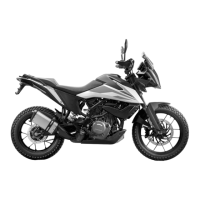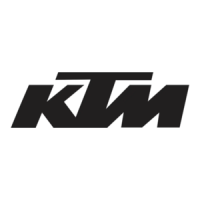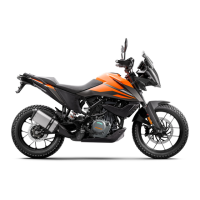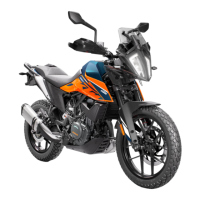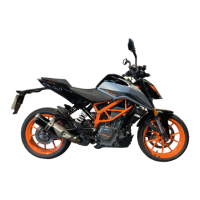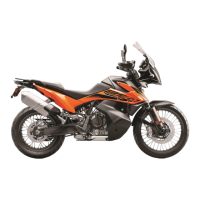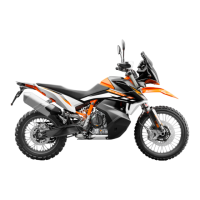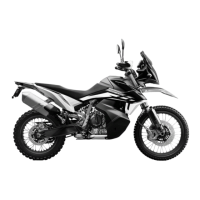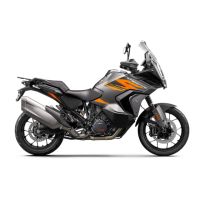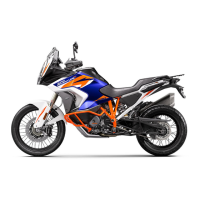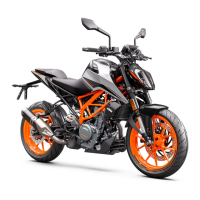What causes the 12 V battery to discharge on my KTM 390 ADVENTURE 2021 Motorcycle?
- TTyler BurnsSep 10, 2025
A discharged 12 V battery could be due to the ignition not being switched off when the vehicle was parked. In this case, charge the 12-V battery. Another reason could be that the 12-V battery is not being charged by the alternator; check the charging voltage and the open-circuit current.
